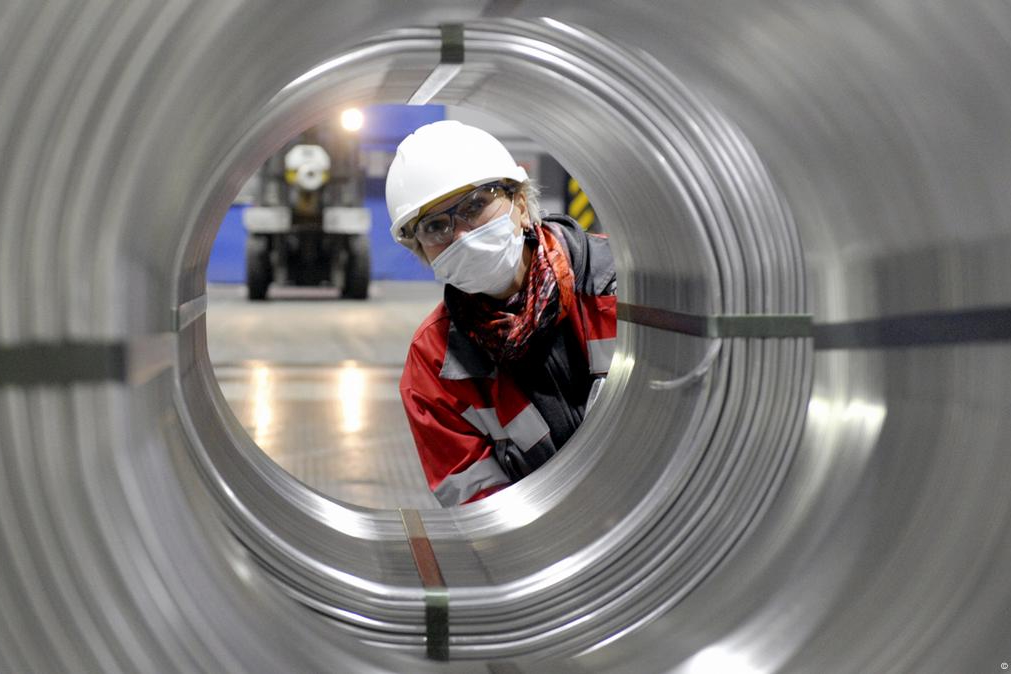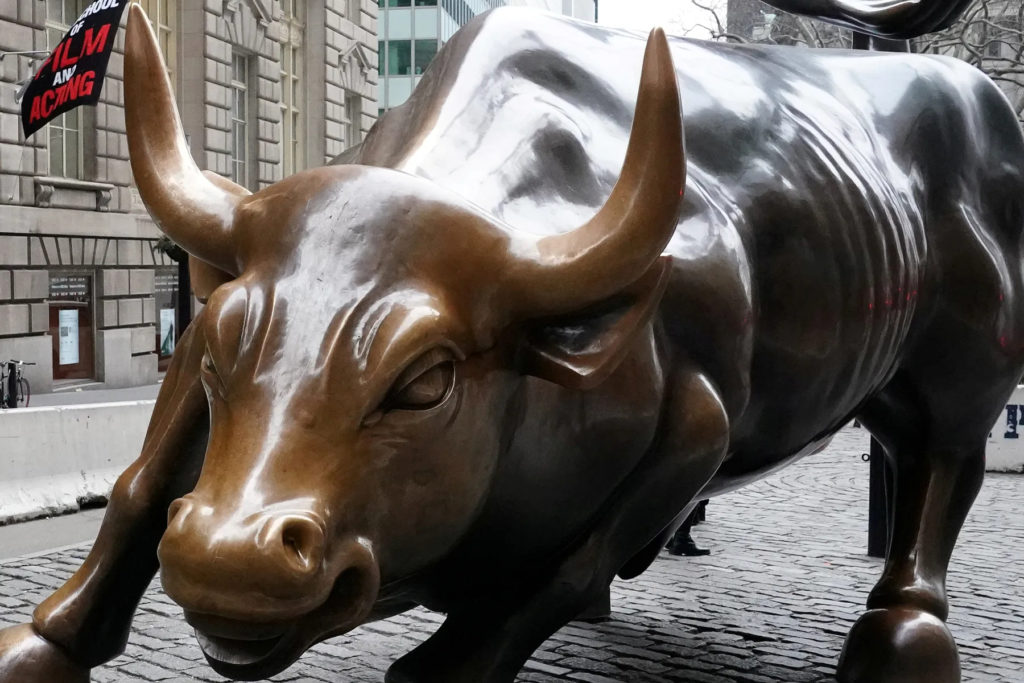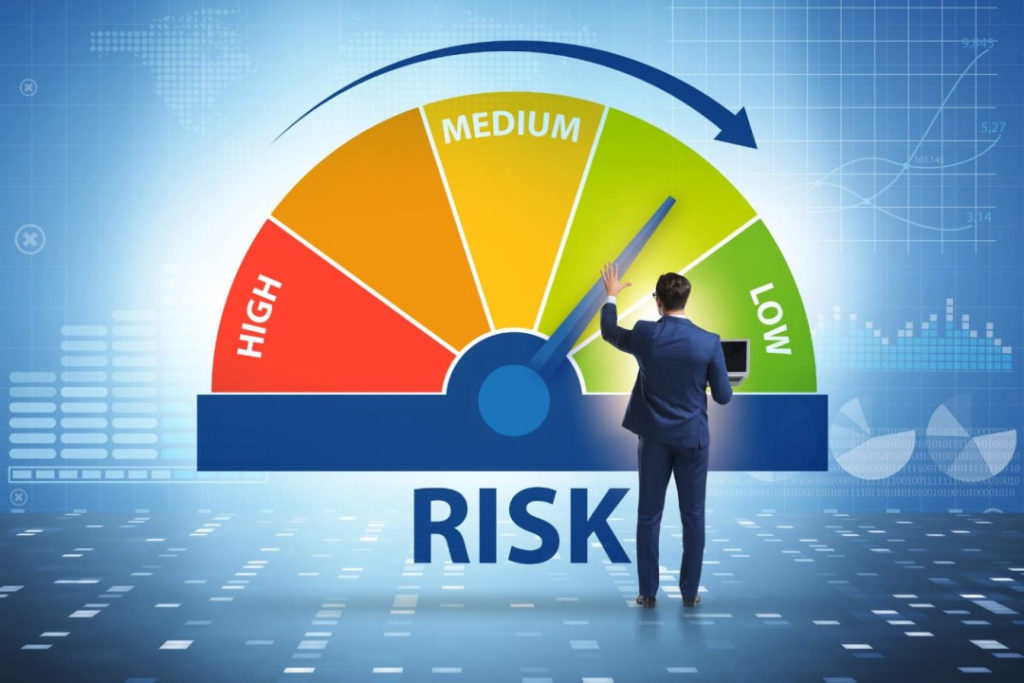We are in the midst of a global economic slowdown, with the US being the only bright spot globally
We are in the midst of a global economic slowdown, with the US being the only bright spot globally
We are in the midst of a global economic slowdown, with the US being the only bright spot globally
Global leading indicators have turned negative, the one-off boost in year-on-year comparisons from the US tax cuts will be absent next year, and the escalating US-China trade war creates significant headwinds for the global economy.
The market consensus is for a de-escalation of the trade war back-and-forth at the G20 meeting at the end of this month. However for investors there is downside risk if this consensus view is wrong, if viewed from the angle that this is not just about trade, but about much broader malfeasance by China that has gone unchecked for many years, at least in the eyes of the USA. The US Vice President gave a wide-ranging speech last month at the Hudson Institute, which clearly outlines the United States’ stance on China. The video can be seen on YouTube, and is a must see for any investor who believes that current US-China conflict can be easily resolved, and that the US will cool-off their stance after the recent mid-term elections.
From all the above, analysts have been significantly reducing their forecasts for next years’ earnings growth. What’s an investor to do, especially amongst all the talk about peak cycle earnings and the possibility of another big 2008-style recession?
An analysis of past bear markets over the last three decades provides a good road map for the current situation. Since 1988 there have been seven OECD-defined global slowdowns. We are likely to be in one now which would be the eight, though the slowdowns are only calculated and announced 3-6 months after as the backward-looking economic data is released, making these announcements of little use to investors.
Out of these seven economic slowdowns, three caused larger than normal bear markets, in 1990, 2001-2002, and 2008. The other four were much milder pullbacks, and shorter as well. Two of these milder pullbacks actually happened post-2008, in 2012 and 2015, but they do not register in most investors’ minds given how quickly the markets recovered.
Once again, relying on the official declaration of a recession by agencies such as the US National Bureau of Economic Research is of little use. During the 2008 Great Financial Crisis, the bureau announced that the US economy had been in recession since December 2007. However this announcement was made on 1 December 2008, and by then most of the losses had already been suffered by investors. Likewise, the end of the recession was only called many months after the bottom of the equity market in March 2009.
Since we cannot rely on official government data for the timing of recessions, we need to estimate the likelihood of a US economic recession based on current data. With the US economy running at full capacity, with full employment, a slowdown over the coming years is a high probability event. However the risks of an outright recession, where GDP growth would drop from the current 3.5% level to negative are currently extremely low, and near zero over the next six months.
Economic conditions can deteriorate quickly and these risks will need to be updated with each new economic data point that is released, but all indicators point to this current bear market being of the milder type. These OECD slowdowns without a US recession have a mean of -20% peak to bottom on the MSCI World Equity Index, which can be a guideline for any market timers. So far the peak (in Jan 2018) to bottom (end Oct 2018) drop in the MSCI World has been -13%, suggesting that a bottom may not be in place yet, though more than half of the expected losses have already occurred.
By LEONARDO DRAGO
Co-founder of AL Wealth Partners, an independent Singapore-based company providing investment and fund management services to endowments and family offices, and wealth-advisory services to accredited individual investors.





